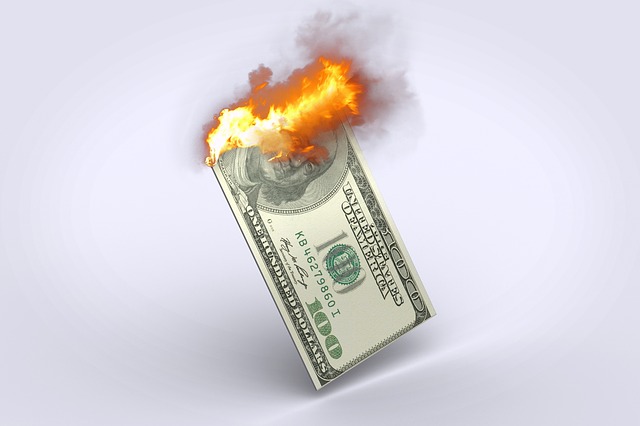In the wake of the latest interest rate hikes in the United States, many investors are wondering if they are time to take a position in gold. With this in mind, let’s explore a few key factors.
Price inflation indices are widely accepted
Price inflation indices are widely accepted indicators of the level of inflation. The Consumer Price Index (CPI) is the most commonly used measure of inflation and is closely followed by policymakers, consumers, and businesses. However, it is important to note that there is much more to consumer price indices than simply measuring changes in prices.
In order to accurately measure the rate of inflation, price indices must provide the right data. For example, if a consumer’s purchasing pattern does not change with prices, a consumer price index will not be a useful indicator of inflation.
An alternative indicator of inflation is the Gross Domestic Product (GDP) measure. This is a more comprehensive indicator than CPI and typically has a lower growth rate.
Rising interest rates may curb inflationary pressures while reducing the appeal of non-yielding gold
While rising interest rates have traditionally reduced the appeal of gold, there are still some benefits to investing in the yellow metal. Central banks are implementing aggressive rate hikes to combat inflation, says Gold IRA Companies Gold. As inflation is not yet priced in, investors may be tempted to invest in alternative assets, such as gold.
The Bank of England raised its key policy rate by a quarter point, from 0% to 0.25%. This increased the cost of borrowing for financial institutions, which is expected to result in greater returns on loans.
Amid the slowdown in the US and eurozone economies, gold prices have been under pressure. In fact, prices have fallen since they hit a two-year high in March. Despite rising rates, however, investor confidence in the yellow metal is still strong.
Real interest-rate expectations are unlikely to increase much from current levels
Most central banks have yet to raise interest rates in over a decade. In fact, the last time a G7 central bank raised its base rate was back in 1990.
Although the Fed may tighten its policy at its upcoming two-day policy meeting, there are no guarantees that the rates will rise as quickly as the markets expect. That said, it’s unlikely that the Fed will cut interest rates before 2023. This is because inflation is stubbornly high and the Federal Reserve will need to find other tools to prop up the economy.
The best guess at the time of writing is that the Fed may indeed tighten its policy at the November 1-2 policy meeting. The consensus among economists is that they will hike by at least 25 basis points.
Goldman’s renewed interest in gold is likely bullish
Goldman Sachs’ renewed interest in gold is likely bullish, although there are several factors that could weigh on the price of the yellow metal. One major risk is an increase in inflation expectations. Another is the Fed’s plans to tighten monetary policy. Still, another factor is the likelihood that the economy will fall into a recession.
If inflation stays high, the dollar will weaken and that would be negative for the gold price. The Federal Reserve could also raise interest rates twice without warning, which would further strengthen the dollar. This, in turn, could drive the price lower.
Inflation fears were one of the key reasons for the recent decline in the gold price. Goldman Sachs has warned that inflation could reach 3% in the United States, and that inflation may continue to be above the Federal Reserve’s target.
Seasonality in the metals and markets
The seasonality of time series is a function of both the calendar and climatic conditions. Some examples include the Chinese New Year and the wedding season in India. These are events with strong implications for the metals and markets.
A similar pattern can be observed in platinum and silver. Both of these metals exhibit a seasonal rally during the early months of the year. This is probably a result of purchases associated with the start of the new financial year.
Despite this, gold failed to follow the textbook seasonality. Instead, it sported an impressive 7% gain in the first quarter of 2020. It reached a new high of US $2,070 in the early days of August.
Conclusion
When it comes to gold, it’s no secret that the central bank has been a tad too loose in the last couple of years. But even when rates were high, it was not all doom and gloom for the bullion. A recent spate of rate hikes, albeit of the low profile variety, should redress that balance. That said, the long term future of the gold standard remains unclear. Until a bit of foresight is applied, it’s no wonder we’re seeing a depreciation in the yellow metal. Keeping abreast of developments in this arena is a full-time job in and of itself.
There are a few lessons to be learned in the way the Fed and other central banks have handled their business. For example, the aforementioned tepid swell has yielded an improvement in the inflation rate, but not to mention higher inflation. As of May, the Federal Reserve’s upper target rate was 1.25%, a fraction of the 1.5% that it was when the recession struck in 2007. The ECB, in particular, has been aggressive in its asset purchase program, a policy that has seen its share of tumultuous moments.
